What is the Cloud?
In the past, companies and organizations hosted and maintained hardware such as compute, storage, and networking equipment in their own data centers. They needed to allocate entire infrastructure departments to take care of them, resulting in a costly operation that made some workloads and experimentation impossible.
As internet usage became more widespread, the demand for compute, storage, and networking equipment increased. For some companies and organizations, the cost of maintaining a large physical presence was unsustainable. To solve this problem, cloud computing was created.
Cloud computing is the on-demand delivery of IT resources over the internet with pay-as-you-go pricing. You no longer have to manage and maintain your own hardware in your own data centers. Companies like AWS own and maintain these data centers and provide virtualized data center technologies and services to users over the internet.
To help differentiate between running workloads on-premises versus in the cloud, consider the scenario where your developers need to deploy a new feature on your application. Before they deploy, the team wants to test the feature in a separate quality assurance (QA) environment that has the exact same configurations as production.
If you run your application on-premises, creating this additional environment requires you to buy and install hardware, connect the necessary cabling, provision power, install operating systems, and more. All of these tasks can be time-consuming and take days to perform. Meanwhile, the new product feature’s time-to-market is increasing and your developers are waiting for this environment.
If you ran your application in the cloud, you can replicate the entire environment as often as needed in a matter of minutes or even seconds. Instead of physically installing hardware and connecting cabling, you can logically manage your physical infrastructure over the internet.
Using cloud computing not only saves you time from the set-up perspective, but it also removes the undifferentiated heavy lifting. If you look at any application, you’ll see that some of the aspects of it are very important to your business, like the code. However, there are other aspects that are no different than any other application you might make: for instance the compute the code runs on. By removing repetitive common tasks that don’t differentiate your business, like installing virtual machines, or storing backups, you can focus on what is strategically unique to your business and let AWS handle the tasks that are time consuming and don’t separate you from your competitors.
So where does AWS fit into all of this? Well AWS simply just provides cloud computing services. Those IT resources mentioned in the cloud computing definition are AWS services in this case. We’ll need to use these AWS services to architect a scalable, highly available, and cost effective infrastructure to host our corporate directory application. This way we can get our corporate directory app out into the world quickly, without having to manage any heavy-duty physical hardware. There are the six main advantages to running your workloads on AWS.
The Six Benefits of Cloud Computing
Pay as you go. Instead of investing in data centers and hardware before you know how you are going to use them, you pay only when you use computing resources, and pay only for how much you use.
Benefit from massive economies of scale. By using cloud computing, you can achieve a lower cost than you can get on your own. Because usage from hundreds of thousands of customers is aggregated in the cloud, AWS can achieve higher economies of scale, which translates into lower pay as-you-go prices.
Stop guessing capacity. Eliminate guessing on your infrastructure capacity needs. When you make a capacity decision prior to deploying an application, you often end up either sitting on expensive idle resources or dealing with limited capacity. With cloud computing, these problems go away. You can access as much or as little capacity as you need, and scale up and down as required with only a few minutes notice.
Increase speed and agility. IT resources are only a click away, which means that you reduce the time to make those resources available to your developers from weeks to just minutes. This results in a dramatic increase in agility for the organization since the cost and time it takes to experiment and develop is significantly lower.
Stop spending money running and maintaining data centers. Focus on projects that differentiate your business, not the infrastructure. Cloud computing lets you focus on your customers, rather than on the heavy lifting of racking, stacking, and powering physical infrastructure. This is often referred to as undifferentiated heavy lifting.
Go global in minutes. Easily deploy your application in multiple Regions around the world with just a few clicks. This means you can provide lower latency and a better experience for your customers at a minimal cost.
Resources:
- External Site: AWS: What is cloud computing?
- External Site: AWS: Types of Cloud Computing
- External Site: AWS: Cloud computing with AWS
Đăng ký liền tay Nhận Ngay Bài Mới
Subscribe ngay
Cám ơn bạn đã đăng ký !
Lỗi đăng ký !

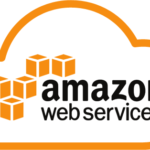


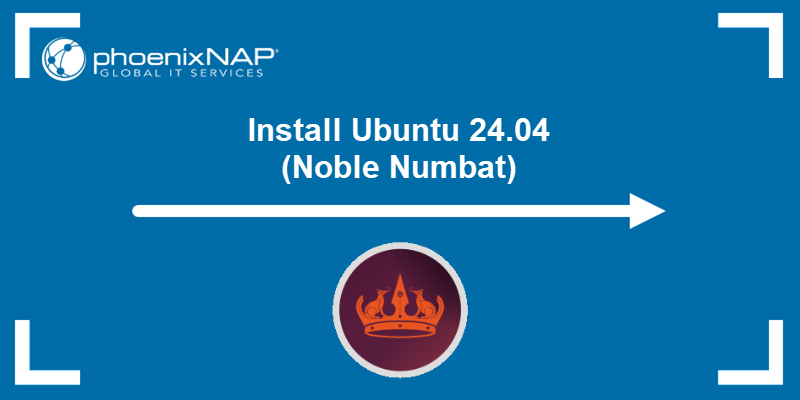

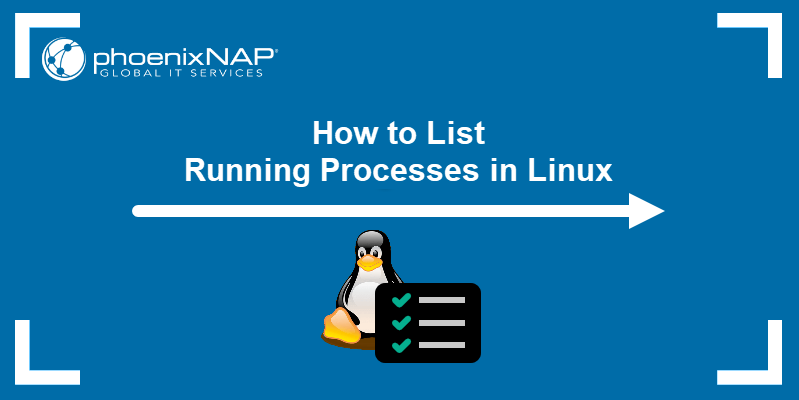


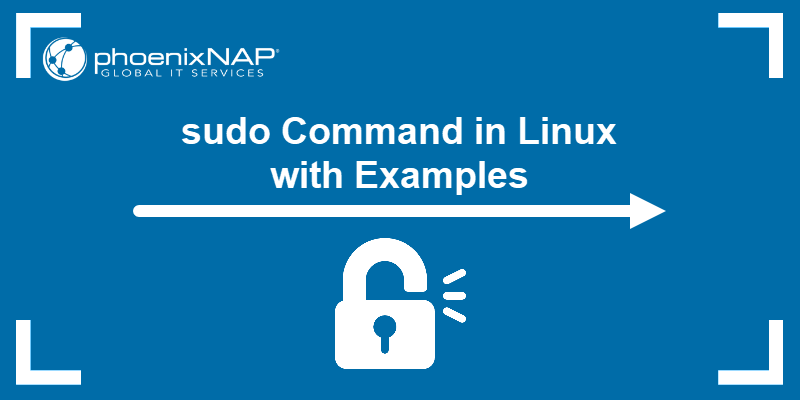



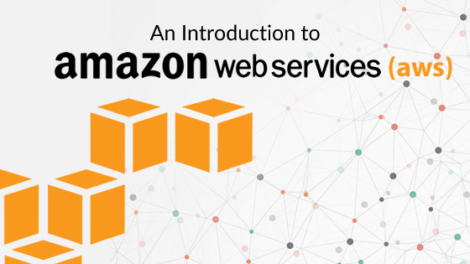
Add Comment